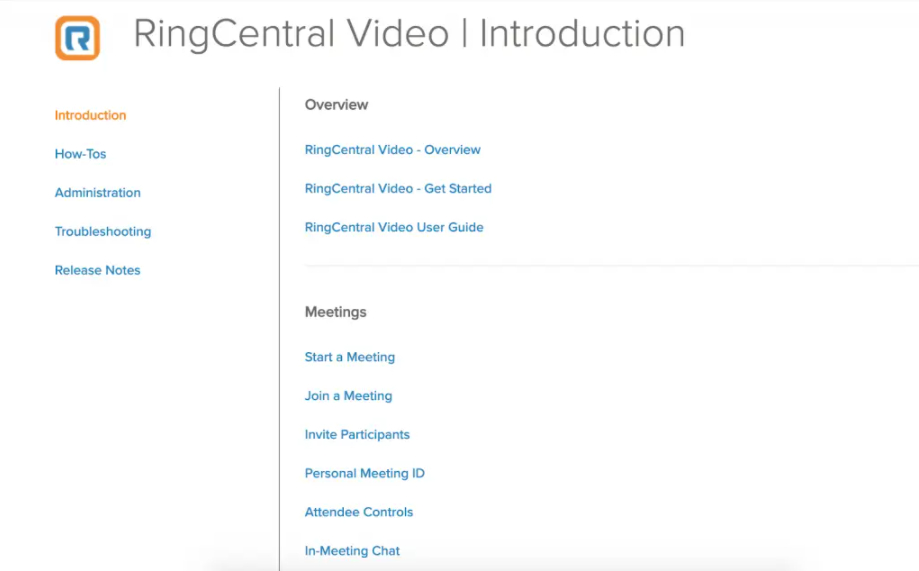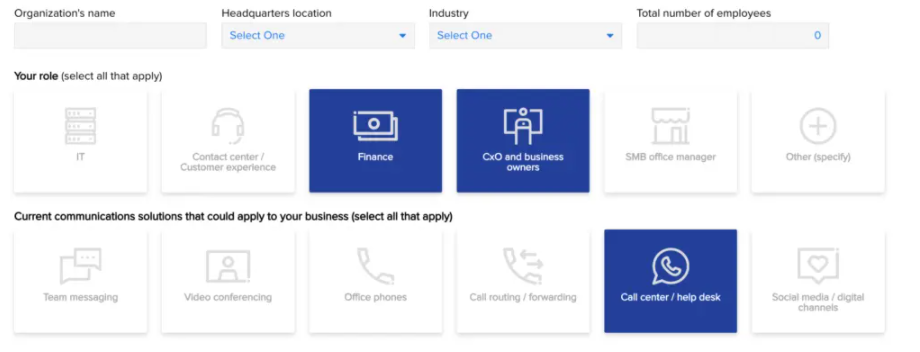Good customer service plays an integral part in business success.
Companies that commit to providing a high standard of customer service retain more customers, drive up their average order value, and end up distinguishing themselves in the marketplace through positive word of mouth.1
But customer service requires significant investment, and so keeping your costs as low as possible without compromising your quality of service just makes good business sense.
In this post, we’ll help you work out how much your existing customer service program is costing you and offer some practical suggestions on how to make your program more cost-efficient. We’ve even included a purpose-built calculator to give you a tailor-made report on how to streamline customer service in your business.
What we’ll cover (you can also skip ahead to the calculator):
- Why good customer service is so critical
- How to calculate your customer service costs (with this calculator!)
- 4 ways to reduce your customer service costs
Let’s start with a brief refresher on why top-quality customer service is a prerequisite for good business—no matter what size it is.
Why good customer service is so critical
Customer service departments are sometimes viewed (unfairly) as mere cost centers: areas of the business that, while necessary, don’t contribute directly to the bottom line.
But even though customer service may cost money to run, it would be even costlier to go without it.
And it’s true that a major motivation for offering high-quality customer service is to prevent the loss of revenue. Poor customer service can seriously damage your brand, cause your customers to flee, and demoralize your support staff. Here are some stats to illustrate the point:
- 91% of dissatisfied customers won’t do business with you again.2
- 33% of customers will consider switching to a competitor following just one bad customer experience.3
- The average American tells 15 people about a bad customer experience they’ve had.4
But there are also positive reasons why investing in good customer support is a good idea—it can actively help grow your business! Happy customers become loyal customers who tend to spend more on average and are more inclined to recommend you to their peers. In other words, good customer service increases your average customer lifetime value and drives down your customer acquisition costs:
- 67% of customers are willing to pay more to do business with a company known for its stellar customer service.5
- Customers who’ve had a good customer experience are three-and-a-half times more likely to buy from you again than those who’ve had a poor experience.6
- Over two-thirds of customers will recommend you to their friends or colleagues after a great customer experience.7
So, assuming you’re committed to giving your customers the best service possible, what can you do to make sure you operate a lean, but still efficient, customer service department?
Well, it all starts with working out your current costs.
Use this calculator to find your customer service costs
Like any other business department, the costs of running your customer service program are largely determined by things like agent headcount, training, software, equipment, and office space.
More specifically, however, customer service costs are influenced by the number of support channels you offer (and whether you pay a separate fee for each system), your inbound request volume, the complexity of those requests, and how efficiently your support agents can resolve them.
To estimate how much you’re currently spending on customer service and to work out where you can cut costs, just enter some basic details about your business into the calculator—you’ll notice that you can calculator other things too, like how much you’re spending on remote work (on tools such as messaging platforms, office phones, and more):
4 ways to reduce your customer service costs
So, what kind of adjustments can you make to lower the overall cost of your customer service program without damaging your customer’s experience of your business?
Well, even though each individual business will have its own specific areas of difficulty, there are some general interventions you can make to reduce costly bottlenecks and inefficiencies.
1. Consolidate your communication tools
Omnichannel customer support helps create a better customer experience by allowing customers to get in touch via their preferred channel—be it phone, email, or chat. In fact, businesses that employ omnichannel support can expect a customer retention rate of up to 89%.8
That said, many teams providing omnichannel support have to continually switch between different tools in order to communicate both with their customers and each other.
For example, your team might have a subscription to one app for handling social media support, another for call support, another for chat support, and yet another for internal team communication.
These multiple subscriptions can quickly become expensive, not to mention the costs associated with training your agents on how to use each different tool.
A more cost-effective approach can be to bring all these functionalities together under one roof. An all-in-one customer engagement solution like RingCentral lets you view and manage every one of your customer conversations from different channels all in one place, as well as allowing your agents to effortlessly collaborate through team chats, phone, and video calls.
2. Invest in self-service options
One of the best ways to slash the number of support tickets your team receives is to invest in self-service solutions like an FAQ page or a comprehensive knowledge base.
A knowledge base is basically an online support library consisting of articles and other resources designed to help your customers solve problems on their own. Most customers prefer to fix issues by themselves if they can, and so a knowledge base directly improves your customer experience (no more waiting in line)—as well as reducing the number of tickets that end up at your support desk. Here’s an example:

The fewer tickets you receive, the fewer agents you need and the more time your agents have to deal with urgent customer queries. Just make sure your knowledge base is regularly updated and easy to navigate across all devices.
3. Agent training
Some queries are just too complex or nuanced for customers to resolve by themselves. In these situations, it should be easy for the customer to contact a real-life person with the necessary skill set to fix the problem.
Efficient agents will be able to quickly and accurately handle such queries, which, in turn, will enable them to attend to more customers in less time.
So what determines agent efficiency?
The first ingredient is technical know-how. This is just as important in determining customer satisfaction as it is in reducing your customer service costs: 33% of customers say that speaking to a knowledgeable agent is the most important aspect of customer service.9 You should train your agents to have a deep understanding of your products and services, and encourage them to work together when they aren’t sure of the right answer.
There will always be some queries that are better suited to certain agents because of their unique specialties. When these queries crop up, you want to make sure the customer is seamlessly transferred to the right agent. RingCentral’s skills-based routing system makes sure that customers are quickly matched with the best agent for the job.
Additionally, your agents should have excellent people skills, including the ability to empathize with the customer’s problem-situation, a willingness to listen carefully, and a general capacity to make the customer feel at ease. These soft skills lead to more efficient problem solving by improving communication and are another all-important factor in creating a positive customer experience.
4. Act on customer feedback
Each interaction between your customers and support agents represents another opportunity to learn something new about how to streamline your service as a whole.
Agents should be keeping track of customer suggestions, objections, and points of confusion and relay these insights back to the wider team so they can jointly think of ways to prevent as many customers from reaching out. For example, if your support team regularly receives queries about certain details of your returns policy, you might be able to reduce the frequency of such tickets by improving your knowledge base documentation around that topic.
Of course, customer feedback isn’t only found by analyzing your ticket data. Chances are you’ll also find some golden insights buried in live chat transcripts, call recordings, social media mentions, and review websites.
Ready to cut customer service costs?
When it comes to delivering a great customer experience, top-rate customer service is simply non-negotiable.
But running an effective customer service program while keeping costs to a minimum presents a real challenge to businesses of all sizes. The fact is that maintaining a lean and successful customer service outfit involves an ongoing process of reflection and refinement.
Use this calculator and the above cost-cutting suggestions to work out how you could streamline your own customer service processes!
1 superoffice.com/blog/customer-experience-statistics
2 helpscout.com/75-customer-service-facts-quotes-statistics
3, 4 about.americanexpress.com/press-release/wellactually-americans-say-customer-service-better-ever
5 salesforce.com/research/customer-expectations
6 lumoa.me/customer-experience-stats
7 zendesk.com/resources/customer-service-and-lifetime-customer-value
8 invespcro.com/blog/state-of-omnichannel-shopping
9 info.microsoft.com/rs/157-GQE-382/images/EN-CNTNT-Report-DynService-2017-global-state-customer-service-en-au.pdf
Originally published 09 Nov, 2020, updated 13 Jan, 2023






